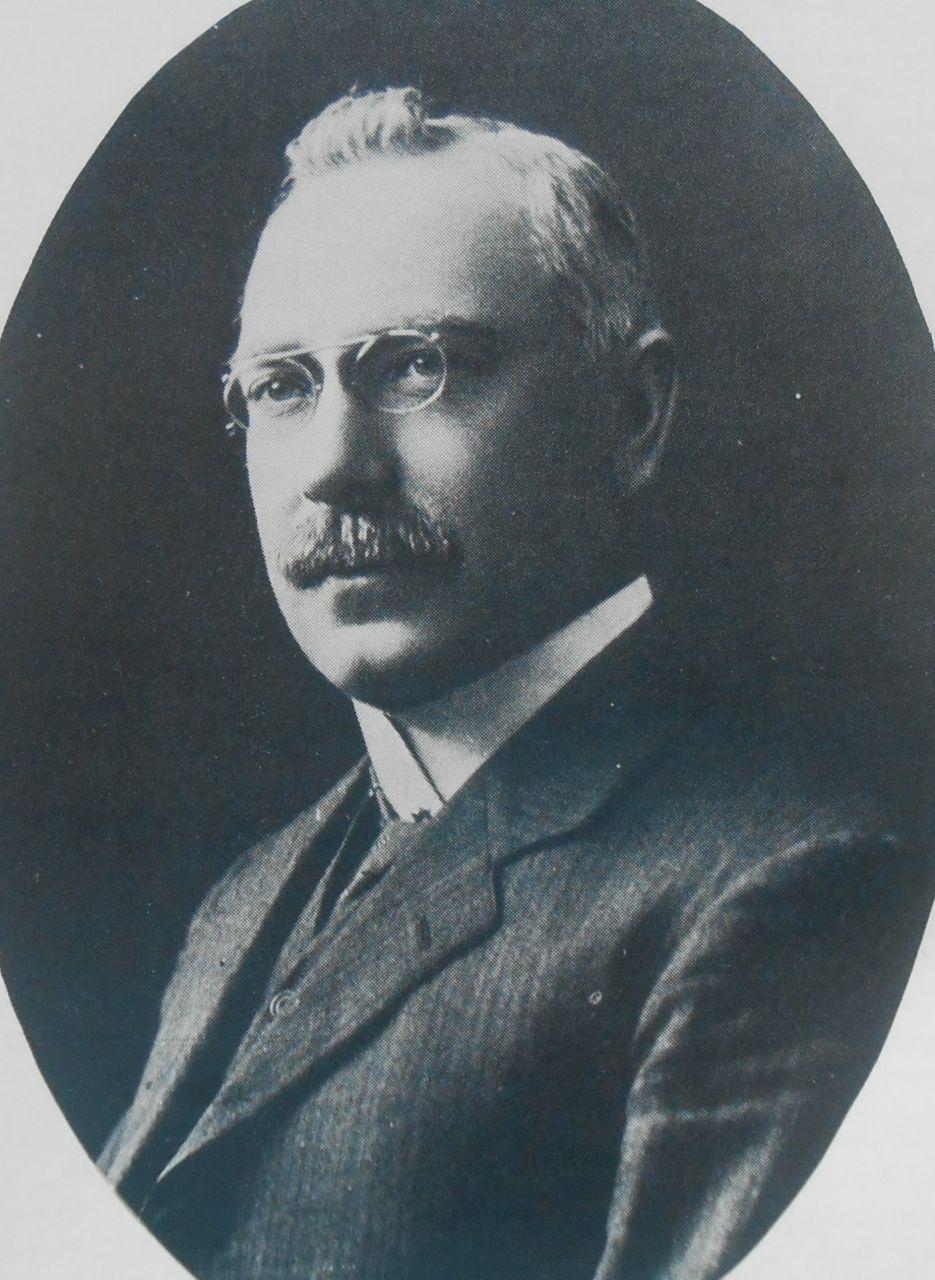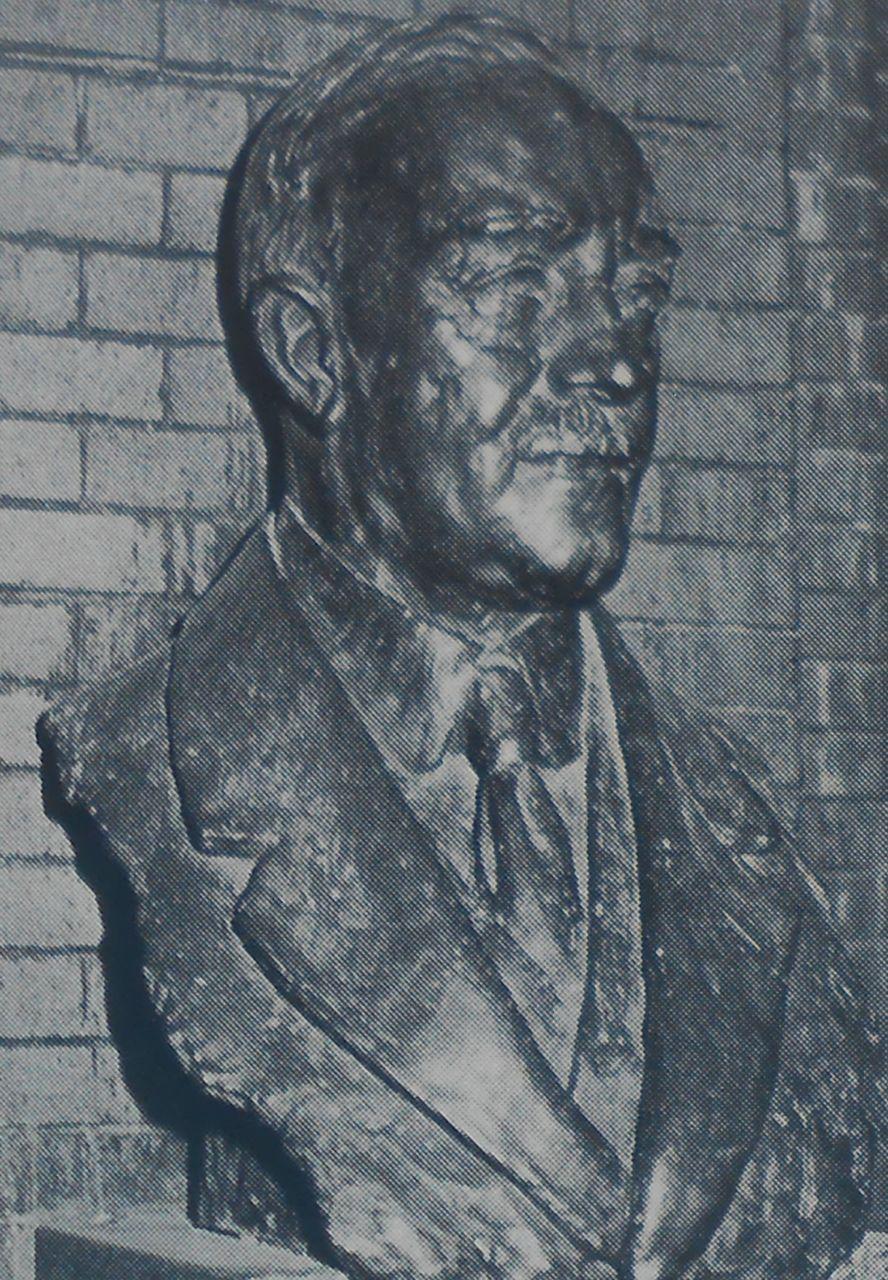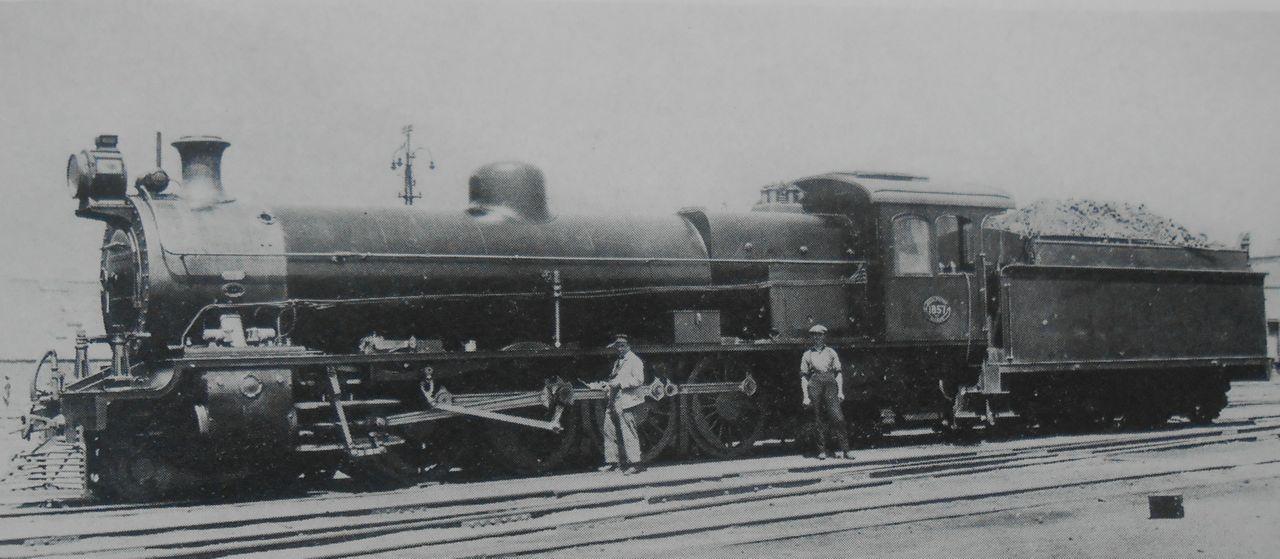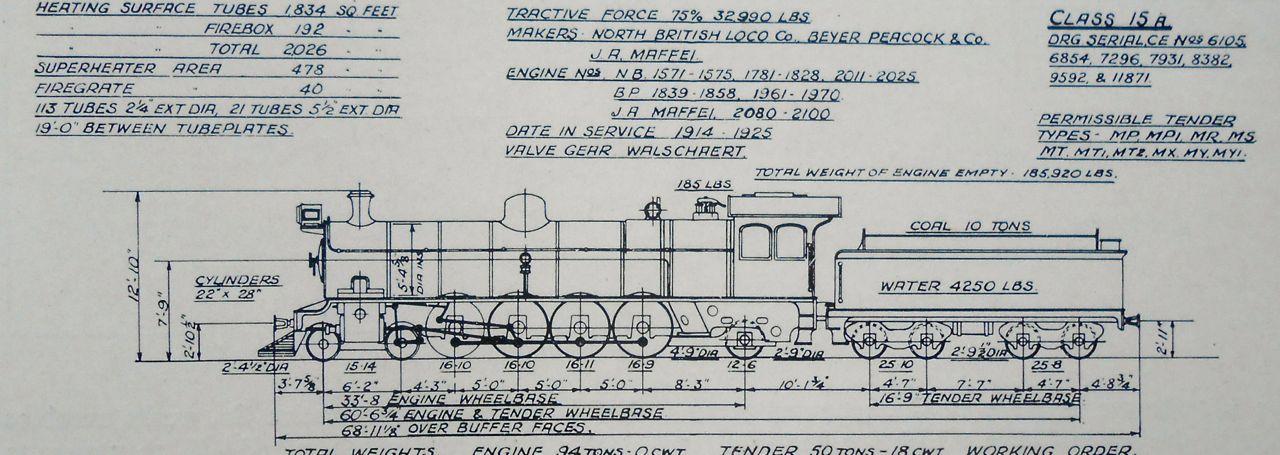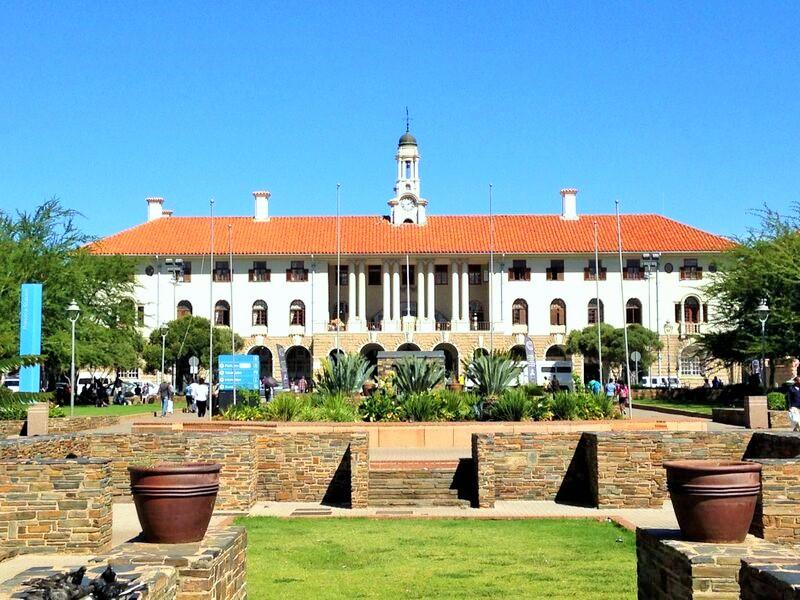
Disclaimer: Any views expressed by individuals and organisations are their own and do not in any way represent the views of The Heritage Portal. If you find any mistakes or historical inaccuracies, please contact the editor.
Over the past few weeks Peter Ball has traced the 'History of Southern African Railways' up until 1910. In this installment of the series he looks at various aspects of building and running one of the largest state run railways in the world.
On the 31st May 1910 the Act of Union created South Africa as one country, formed by the coming together of the four colonies of the Cape, Natal, Orange River and Transvaal. It was a union of the two white races, Boer and Brit with little to no consideration of the Black people who lived in the region. Louis Botha became the first Prime Minister and Jan Smuts became the Minister of Defence (both from the Transvaal). As a back drop to the further development of the railway infrastructure it would do well to review the events that transpired between 1910 and 1924, as those years were tumultuous, with several crises for the country.
Unrest on the mines of Rand was always a threat and the white miners went on strike in 1913 and again in 1922, both were put down by military intervention. The second strike was known as the Rand Revolt and it weakened the position of the ruling South African Party under Smuts significantly, which in turn led to its defeat in the June 1924 general election by the National Party, led by Barry Hertzog; with his “South Africa First” policy, which appealed to the growing number of Afrikaners flocking from the farms to the cities.
There was an armed rebellion (effectively a Boer Civil War) in 1914 which Botha and Smuts put down. The rebellion came soon after South Africa sided with Britain against Germany in the First World War and it pitted the Boer War Generals against one another. There was an uprising in the Free State led by De Wet and another in the Western Transvaal led by Beyers. De la Rey, a probable rebel, had been shot dead in a police road block in Johannesburg just before the rebellion started. Marnitz had become a turncoat and joined the Germans of South West Africa (S.W.A.) to attack the Northern Cape but he came up short in a pitched battle at Upington on the Orange River and had to escape wounded back to S.W.A. Botha and Smuts got the upper hand and their loyal commandos defeated the rebels. In 1915 South African forces invaded S.W.A. and with swift Boer tactics they made a rapid advance on the Germans, who were forced to surrender (unconditionally) on 9th July 1915 South Africa occupied S.W.A. which in 1919 became a mandated territory under the aegis of the League of Nations and was thereafter administered by South Africa, becoming effectively its fifth province, with representation in parliament. In 1919 the worldwide “Spanish Flu” epidemic did not spare the Union and many thousands succumbed including the Prime Minister, Louis Botha.
With the Union came the amalgamation of the three major railway systems into one body to be known as the South African Railways (SAR). To recap the existing railway systems were 1) the Cape Government (CGR), 2) Natal Government (NGR) and 3) the Central South African Railways (CSAR) which traversed the Orange River Colony and Transvaal. It should be noted that the New Cape Central Railway (NCCR), from Worcester to Mossel Bay, remained independent until 1925.
It was one thing announcing a unified railway administration but another to run it and it would take some time to bring about the necessary changes; at the time of Union there were different train working regulation books for the three railways.
But cometh the hour cometh the man and that man was William W. Hoy (1868-1930), who at the age of 42 (in 1910) became the first General Manager of the South African Railways. Born in Scotland in a small croft in Kinrosshire he left school at 12 years of age, with the three R’s - Reading, (w)Riting, (a)Rithmatic and later learned Pitman’s shorthand in order to advance from being a lowly junior clerk for the North British Railways in Edinburgh. In 1890 (aged 22) he was recruited by the CGR and came to Cape Town to take up a post under the Traffic Manager. After two years he was posted “up country”, firstly to Kroonstad, O.F.S. and then, when the CGR had reached the Vaal, he was made the Transvaal agent for the CGR. When the Boer War started he became Manager, Military Railways, co-ordinating the movement of troops, materiel, supplies and horses; in this he showed an outstanding ability to get things done and displayed his three D’s – Determination, Dedication and Domination. He married Gertrude Price (in 1901) the General Manager’s daughter, after which he became Chief Traffic Manager of CGR. As an aside he brought the first typewriter into the country and personally typed the first letter and in so doing was possibly the first manager to rise from the ranks of shorthand typists!
Cometh the hour cometh the man - William Hoy ('Railways' Magazine 1979)
Bust of William Hoy (Railways Magazine 1979)
When Hoy became SAR’s General Manager he took control of one of the largest state run railways in the world. One of his first tasks was the drafting of new railway legislation wherein he entered a clause stating that the “railways would be run on business principles”. The constituent railways had established a profitable traffic by the carrying of passengers and the conveying of imported and exported goods, via the main trunk routes to and from the Rand. He was well aware that the country districts not yet served had to be given an adequate transport service in order to stimulate their economy; as was deemed necessary by the new legislation. The conundrum was that traffic volumes to these areas were low and the cost of building railways to each and every “dorp” would be too high. He realised the potential of the internal combustion engine as a prime mover of lorries (and thus a replacement for the slow ox wagon). He was determined to build goods yards at strategic rail heads, which would be able to transfer goods from rail to road (and visa-versa) and thence the lorries could fan out, in all directions, to serve the outlying communities. Looking to the future, he was to champion electric traction over steam power and the Class 1E 3 kV DC electric locomotive (designed by Metropolitan Vickers) was introduced on the Natal main line (Glencoe to Mooi River) in 1925. He stood down from his post in 1927, due to ill health and retired to Hermanus where he was known as “The Laird”, having been knighted by King George V, and died there in 1930. Interestingly he refused to allow the railway to reach Hermanus, reasoning that day trippers would spoil the fishing village!
Not much has been said thus far about the steam engines that hauled the trains and to many people they are the main focus of interest. In 1910, worldwide, the steam locomotive ruled supreme and it would be very many years into the future that other forms of motive power would take its place, i.e. electric diesel locomotives. The locomotives of the SAR and its constituents were built by overseas builders in Britain, Germany and America to drawings and specifications, outlined by South Africans, and the engines were well suited to our local conditions - a case of horses for courses. The Cape gauge of 3’-6” (1067 mm) was narrower than the Standard of 4’-8½” (1435 mm) but when it came to the physical size of a locomotive it was as big, if not bigger than its counterpart in Britain, i.e. the loading gauges of both countries are similar, 13’-0” high by 9’-0” (10’-0” in SA) wide.
The first Chief Mechanical Engineer of the SAR, was appointed on the 2nd June 1910 and was another Scot, named D.A. Hendrie. He was formerly the Chief Locomotive Superintendent of the NGR and before that he was the assistant to David Jones on the Highland Railway (in Scotland). He must have had something in common with Henry Ford as all his engines were to be painted Black! His tenure in office was to be for twelve years and within the first two he had brought into use a new classification system for locomotives whereby tank engines were designated with a letter and tender engines were recognised by a number, e.g. the NGR 4-10-2 T Class “Reid” tank engine became SAR Class H and the NGR 4-8-2 “Hendrie B” tender engine became SAR Class 1. His locomotives were designed to the “British School” and in appearance they would have looked at home in Scotland, from whence he came. Of all the classes he designed his “magnum opus” was his Class 15A, 4-8-2 tender engine of 1914; a development of his Class 15. The Class 15A’s were so useful that they were used on both passenger and freight services, and were built over several years (1914-1925) in batches (10 orders in total) by “North British” in Glasgow, “Beyer Peacock” in Manchester and “Maffei” in Munich; their total number was 129. They were remarkable for their longevity and most were rebuilt with new boilers to become Class 15AR and they lasted until the mid 1970’s, albeit on secondary duties. Their best known sphere of action was hauling suburban trains between Port Elizabeth and Uitenhage.
On the 25th April 1922, Hendrie went into retirement and SAR was grateful for his many developments not only with locomotives but also with all types of rolling stock. He would be a hard act to follow, however his successors would be up to the task.
Engine No 1857, class15A, at Cape Town sheds (Steam Locomotives of the South African Railways Vol II - DF Holland)
Drawing of a class 15 A Engine (Steam Locomotives of the South African Railways Vol II)
References
- “Trekking On” by Denys Reitz.
- “This is SAR - RAILWAYS Handbook” published 1978.
- “Hoy, the man who laid the foundations of SAR”, RAILWAYS October 1979.
- “Steam Locomotives of the South African Railways, Volume 2: 1910-1955” by Frank Holland, 1972.
- “Section J2 - Railway Steam Locomotives, Page J2/1 Rail Gauge Loading Gauge” Kemp’s Engineering Handbook 1983 Edition.
Comments will load below. If for any reason none appear click here for some troubleshooting tips. If you would like to post a comment and need instructions click here.

